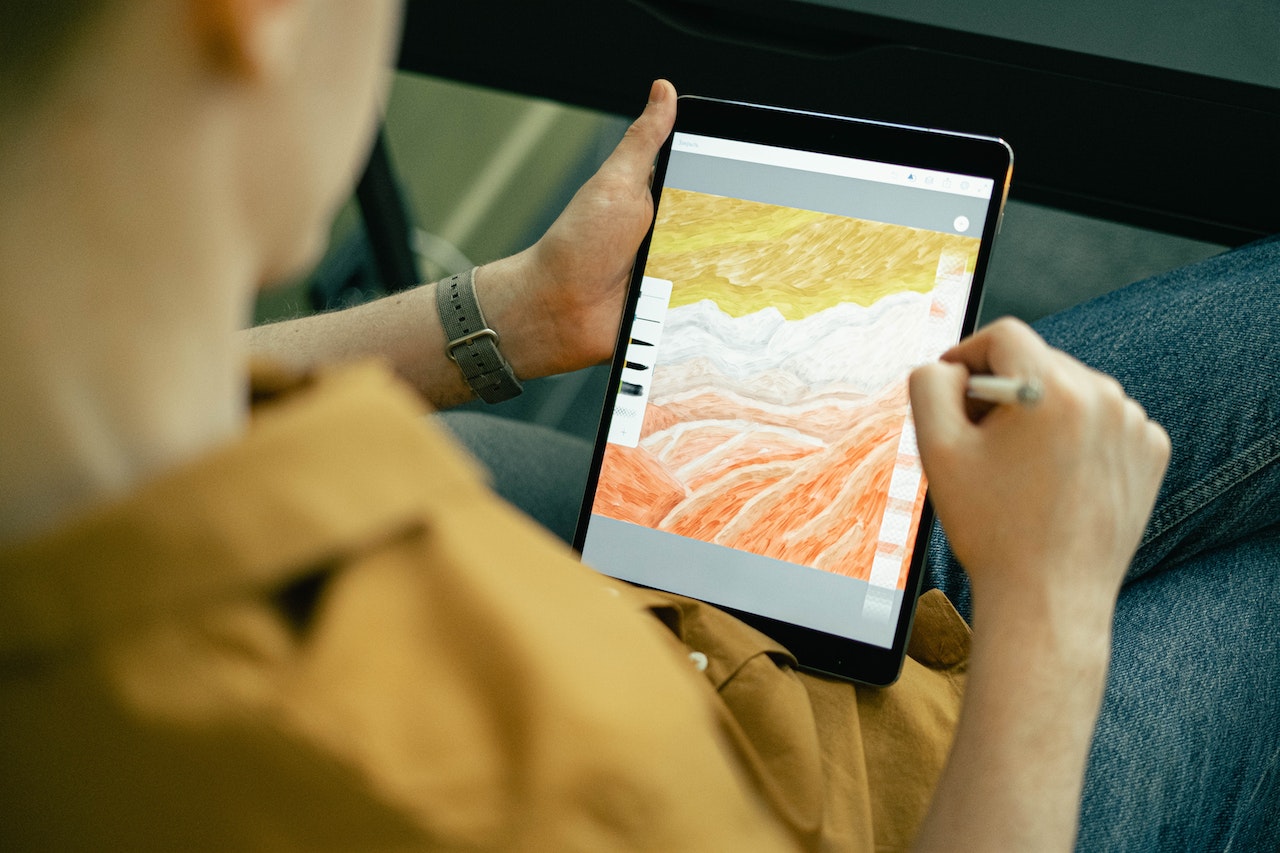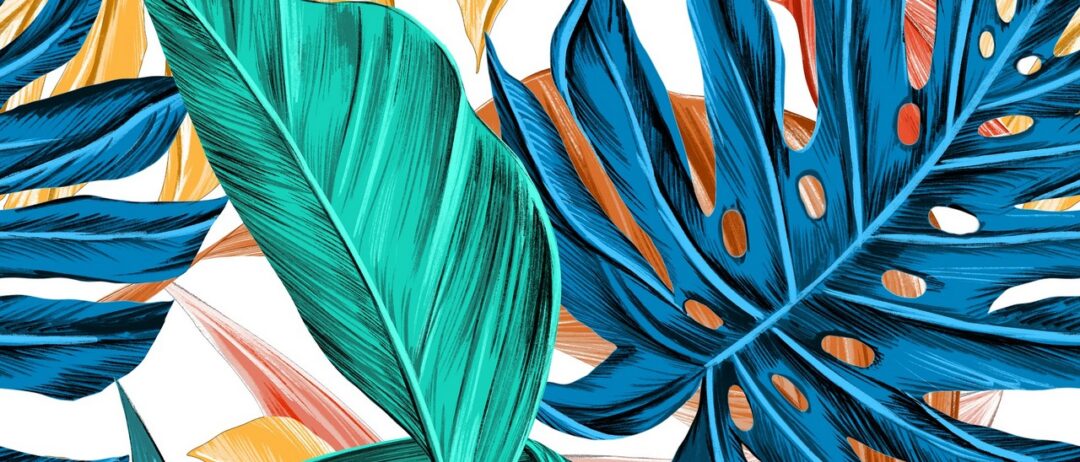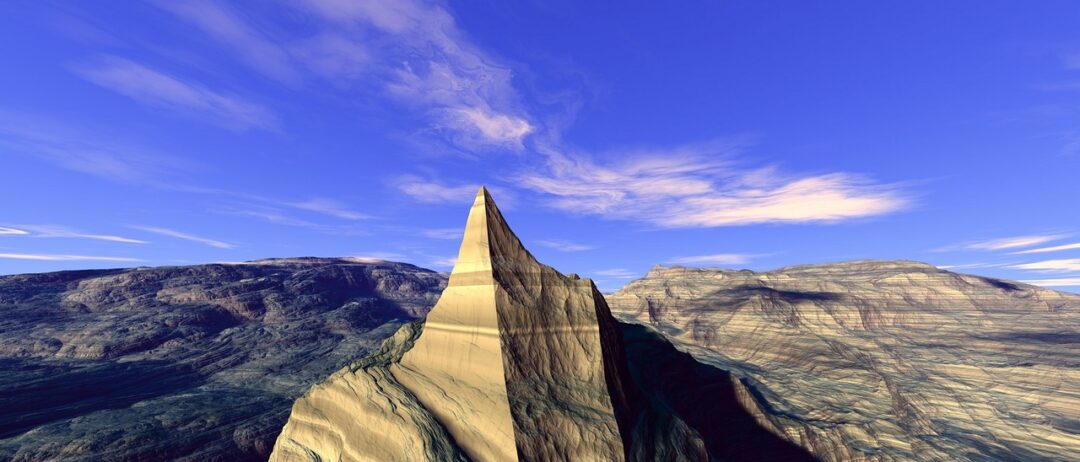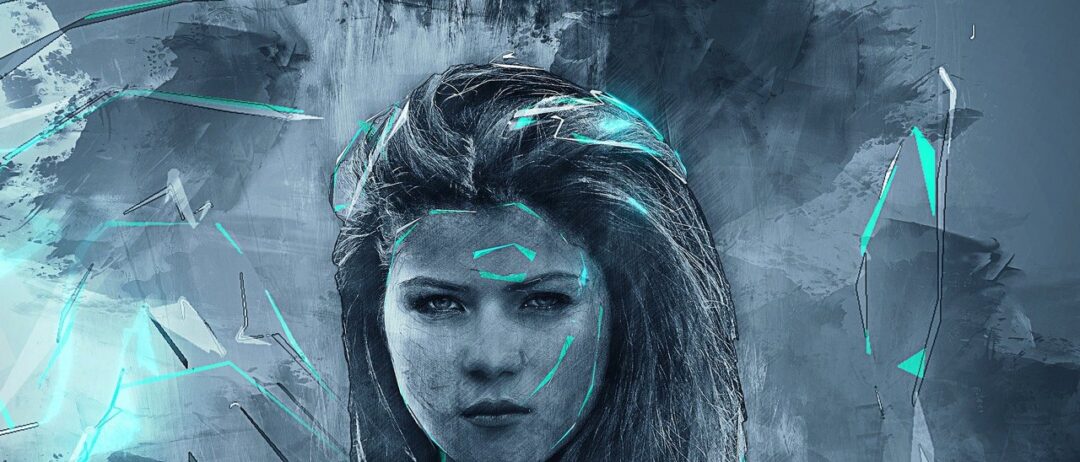
The Miracles of Animation: Unveiling the Enchanting World of Animated Creations
Animation, the art of breathing life into still images, has enthralled audiences of all ages for over a century. From classic hand-drawn masterpieces to cutting-edge computer-generated wonders, animation has continually pushed the boundaries of creativity and storytelling. In this captivating exploration, we will delve into the miracles of animation, its evolution over time, the diverse techniques employed, and the profound impact it has had on entertainment, education, and beyond.
The Beginnings of Animation
The roots of animation trace back to the late 19th century, when inventors and artists sought to create the illusion of movement through sequential drawings. Eadweard Muybridge’s pioneering work with motion studies using multiple photographs laid the groundwork for early animation experiments. Soon after, French artist Émile Cohl’s “Fantasmagorie” (1908) became one of the first hand-drawn animated films, charming audiences with its whimsical and surreal imagery.
Hand-Drawn Animation: A Timeless Art Form
Hand-drawn animation, also known as traditional or cel animation, remained the dominant form of animation for decades. Studios like Disney, Warner Bros., and Studio Ghibli elevated this art form to new heights with iconic characters and unforgettable stories. From Snow White to Mickey Mouse and Spirited Away, hand-drawn animation has a timeless appeal, capturing the imagination of generations and inspiring countless aspiring animators.
Stop-motion animation, a method where physical objects are moved in small increments between frames, has a unique charm that sets it apart from other techniques. The painstaking process requires incredible patience and attention to detail. Pioneering stop-motion films such as “King Kong” (1933) and “The Nightmare Before Christmas” (1993) showcase the sheer artistry and wonder of bringing inanimate objects to life on the screen.
The Rise of Computer Animation
The advent of computer technology revolutionized the animation industry, giving rise to computer-generated imagery (CGI). “Toy Story” (1995), the first full-length CGI feature film by Pixar, marked a turning point in animation history, opening new possibilities for visual storytelling. CGI animation continues to evolve, with advancements in technology enabling more realistic and immersive animated worlds.
3D Animation: Breathing Life into Virtual Realms
3D animation takes CGI to the next level, allowing animators to create fully realized three-dimensional characters, environments, and effects. This technology has become a cornerstone of modern animated films, video games, and visual effects in live-action movies. The realism and depth of 3D animation have elevated the art form, captivating audiences and pushing the boundaries of what is visually achievable.
Motion Capture: Infusing Realism into Animation
Motion capture, or mocap, bridges the gap between live-action performances and animation. Using special sensors or cameras to capture actors’ movements, animators can apply these motions to animated characters, infusing them with a lifelike quality. This technique has become a valuable tool in creating realistic and emotionally compelling characters, blurring the lines between the physical and the digital realms.
Experimental Animation: Pushing Boundaries
Animation is not limited to conventional storytelling. Experimental animation explores the limitless possibilities of the medium, pushing artistic boundaries and challenging traditional norms. Through abstract visuals, unconventional storytelling, and innovative techniques, experimental animators provoke thought and emotions, presenting a unique and thought-provoking form of visual expression.
Educational Animation: Learning Through Entertainment
Animation extends beyond entertainment; it has also become an invaluable tool for education. Educational animations make complex concepts accessible and engaging for learners of all ages. From children’s shows teaching basic skills to animated documentaries exploring historical events and scientific phenomena, educational animation has proven to be an effective and engaging educational resource.
The Global Reach of Anime
Originating in Japan, anime has transcended borders to become a global phenomenon. With its distinct art style, diverse genres, and immersive storytelling, anime appeals to audiences worldwide. From classics like “Naruto” and “Dragon Ball” to critically acclaimed films like “Spirited Away” and “Your Name,” anime has gained a dedicated fan base and has significantly influenced the animation industry on a global scale.
The Influence of Animation on Popular Culture
Animation’s impact extends beyond the screen, seeping into every facet of popular culture. Animated characters have become cultural icons, with merchandise, theme park attractions, and even fashion lines dedicated to beloved animated figures. Moreover, animation’s cultural influence is not limited to children; animated series and films have gained significant followings among adult audiences as well, further cementing animation’s place in modern culture.
Animation as a Tool for Social Change
Beyond its entertainment value, animation has been employed as a powerful medium for social commentary and advocacy. Animated shorts and public service announcements tackle important issues such as environmental conservation, social justice, mental health, and human rights. Animation’s ability to evoke empathy and emotion makes it an effective instrument for sparking conversations and inspiring positive change in society.
The miracles of animation have woven a tapestry of wonder, enchantment, and inspiration. From its humble beginnings as a series of hand-drawn sketches to the cutting-edge world of 3D CGI, animation has continually pushed the boundaries of creativity and storytelling. Its impact on entertainment, education, and popular culture is immeasurable, captivating audiences of all ages and backgrounds. As technology continues to advance and storytelling evolves, animation remains a timeless and boundless art form, weaving magic into our lives and leaving an indelible mark on the world of visual storytelling.





